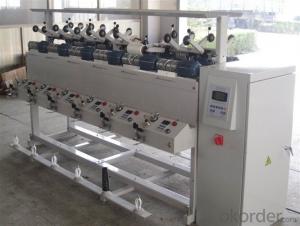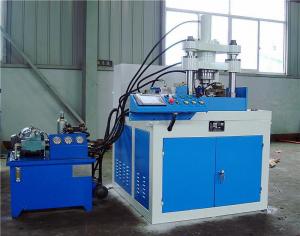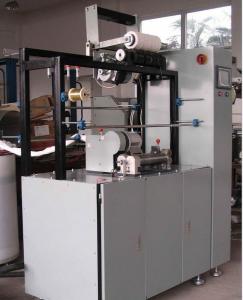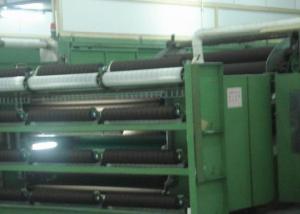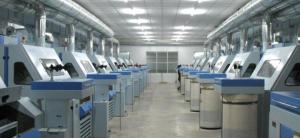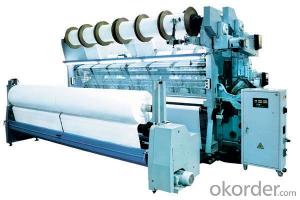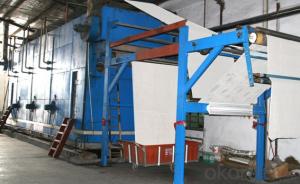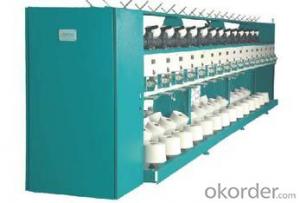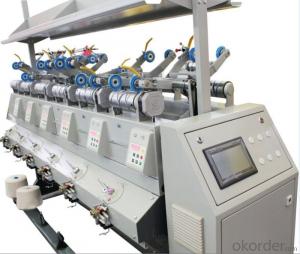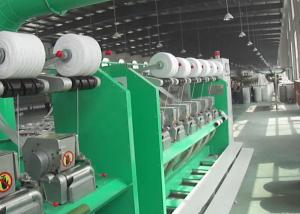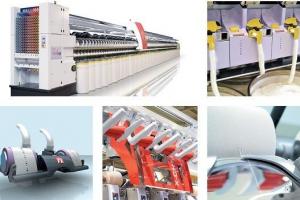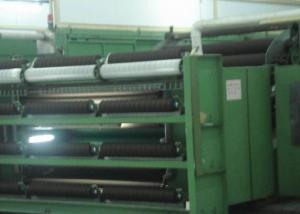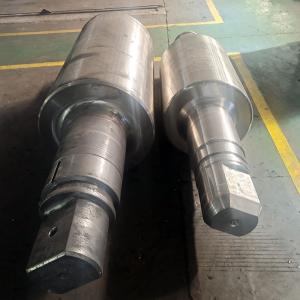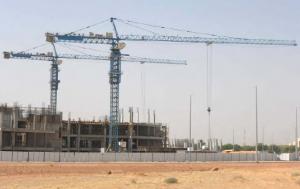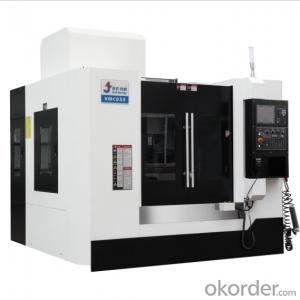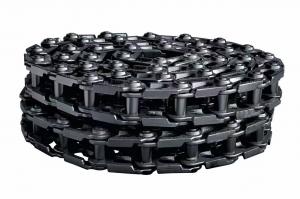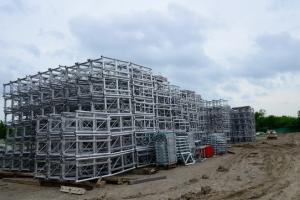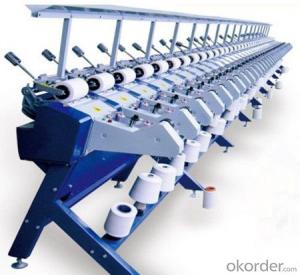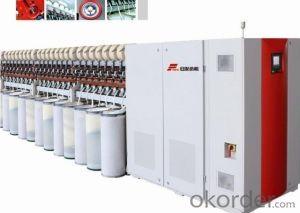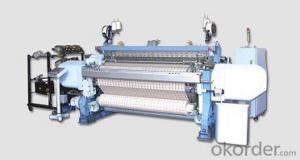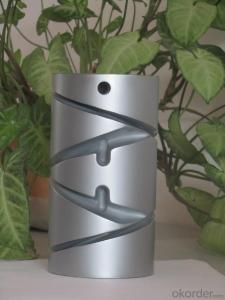Automatic Soft/Tight Textile Yarn Bobbin Winder
- Loading Port:
- Shanghai
- Payment Terms:
- TT OR LC
- Min Order Qty:
- 1 unit
- Supply Capability:
- 10 unit/month
OKorder Service Pledge
OKorder Financial Service
You Might Also Like
Item specifice
Product Description:
Description of Automatic Soft/Tight Textile Yarn Bobbin Winder:
Automatic Soft/Tight Textile Yarn Bobbin Winder is used for winding yarns on cones.
Main Features:
Automatic Soft/Tight Textile Yarn Bobbin Winder has the following advantages:
· High precision, highly polished, self-lubricating on surface, litter friction with yarn are our basic functions.
· Highly accurate, mass-radius product is less than 10g·mm, and the linear velocity can reach 2000m/s.
· High-tech in dealing with surface, and it makes our grooved drums have high wear resistance, corrosion resistance and makes sure the hardness of the groove and surface are the same.
Good forming and uniform linear density.
· Single winding motor control for each spindle, electronic length, single spindle automatic stop while yarn breaking or fully filled.
· Using high quality alloy drums with optimized groove shape, which has the advantages of good anti-overlapping characteristics, light weight, good wear resistance, and static elimination.
Images of Automatic Soft/Tight Textile Yarn Bobbin Winder:

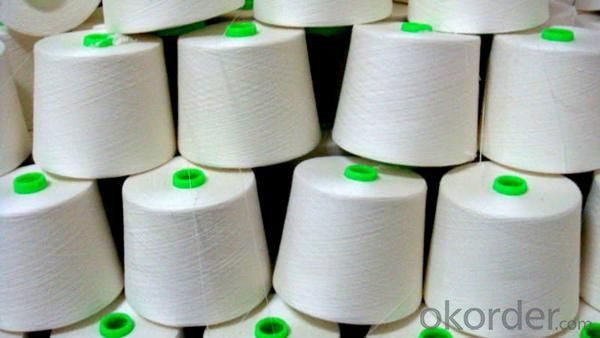
Package & Shipping Pictures:
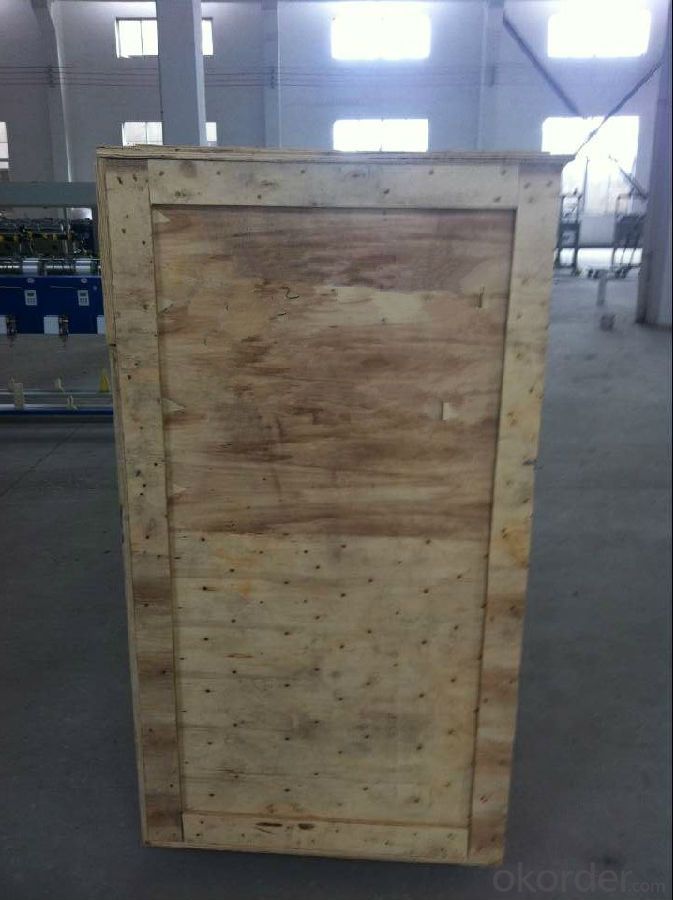
Specification:
| Items | Technical parameters |
| Types of winding | Drum,Random |
| Mechanical speed | Up to 1200m/min (process speed depending on quality of yarn and feed packages) |
| Package shape | Cylindrical or conical packages |
| Traverse length | 147mm,150mm,154mm |
| External dimensions | 13410mm(length) ×700mm(width) ×1680mm(height) |
| Power supply | 3 phased 380V±10% ,50/60HZ |
| Automatic length fixing | Automatic length fixing,max:999999m |
FAQ of High Speed Vertical Soft Winder Machine:
· Q:What is the machine used for?
A:High Speed Vertical Soft Winder Machine is suitable for processing PP, PE split film yarn/ just twine, cotton twine, weaved twine to ball.
· Q: What is the MOQ?
A: 1 set.
· Q: What is the lead time of the product?
A: 5-20 days after payment
- Q:What is spinning down?
- According to archaeological data, in the whole of China dozens of provinces and cities have been excavated in the early residents of the site, almost all the major parts of the spinning spindles unearthed
- Q:How is the machine automatically connected to the machine?
- The machine is adapted to 1100mm to 2300mm amplitude of the machine access, the knotting speed of 200-350 head / min, 5-10 times higher than the artificial joint efficiency
- Q:What are the different effects of textile equipment?
- Clothing processing and finishing several major steps, before and after the equipment is no less than twenty units
- Q:Is the textile machine made of those accessories?
- This part mainly includes the decapitating device, which is some sensor, used to detect the fault; transmission mechanism, used to transmit power; brake device,
- Q:What are the main producing areas of Chinese textile machinery?
- Wangtai Town, a total of 175 textile machinery manufacturing enterprises, the annual production capacity of 70,000 Taiwan (sets); textile weaving enterprises 3, the annual weaving capacity of 100 million yards, 23 industrial enterprises above designated size.
- Q:Why did the first industrial revolution begin with the sign of Jenny's textile machine rather than shuttle?
- Because the first "Jenny machine" is the machine, the first to complete the transition from tool to machine, on the other hand, due to the "Jenny machine" appears, it promotes the related weaving, power, transportation and a series of industry inventions and use Machine, which opened the prelude to the British industrial revolution. That is, our history books agree with the beginning of the industrial revolution signs!
- Q:What are the risks of safety accidents in the textile machinery industry?
- Fifth, the machine did not do regular inspection and maintenance. These are the risk of security incidents.
- Q:Is there a textile industry in the Qin Dynasty?
- Ancient Chinese textile and printing and dyeing technology has a very long history, as early as in the primitive society, the ancients in order to adapt to climate change, has learned to take the land, the use of natural resources as textile and printing and dyeing raw materials, and the manufacture of simple textile tools.
- Q:Why the first industrial revolution in the cotton textile industry innovation will cause the British national yarn shortage?
- In 1733, a cotton weaving workshop mechanic Kai Yi invented the shuttle. Kay has been a watchmaker, skilled mechanical technology. He put some of the clocks in the process and process skills applied to the hand loom, and finally invented the shuttle this new weaving tool. A shuttle with a shuttle is actually an automatic shuttle loom that is more than double the efficiency of the original loom - although its driving force is still manpower
- Q:What is the textile process?
- Spinning process mainly include: cotton, carding, combing, and bars, roving, spun yarn.
1. Manufacturer Overview |
|
|---|---|
| Location | |
| Year Established | |
| Annual Output Value | |
| Main Markets | |
| Company Certifications | |
2. Manufacturer Certificates |
|
|---|---|
| a) Certification Name | |
| Range | |
| Reference | |
| Validity Period | |
3. Manufacturer Capability |
|
|---|---|
| a)Trade Capacity | |
| Nearest Port | |
| Export Percentage | |
| No.of Employees in Trade Department | |
| Language Spoken: | |
| b)Factory Information | |
| Factory Size: | |
| No. of Production Lines | |
| Contract Manufacturing | |
| Product Price Range | |
Send your message to us
Automatic Soft/Tight Textile Yarn Bobbin Winder
- Loading Port:
- Shanghai
- Payment Terms:
- TT OR LC
- Min Order Qty:
- 1 unit
- Supply Capability:
- 10 unit/month
OKorder Service Pledge
OKorder Financial Service
Similar products
New products
Hot products
Related keywords
